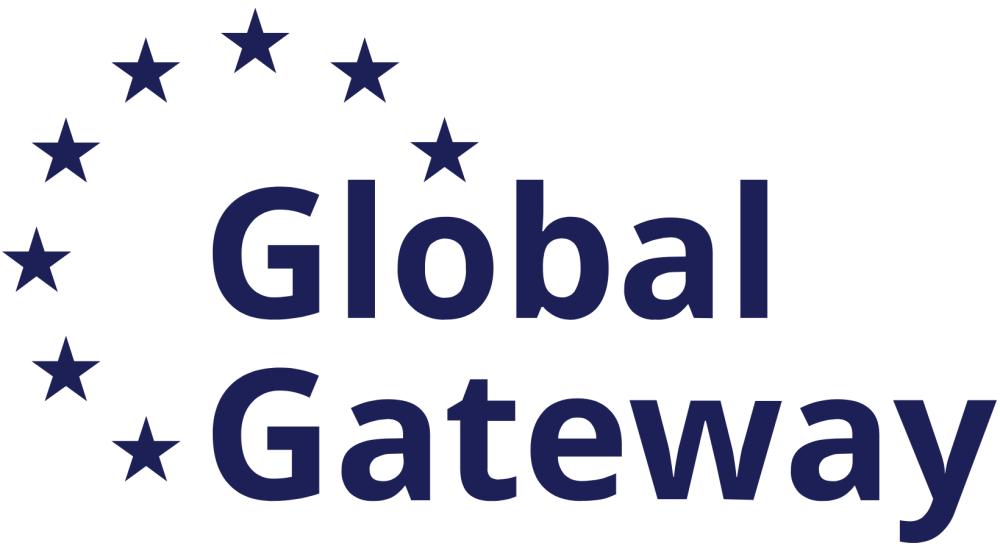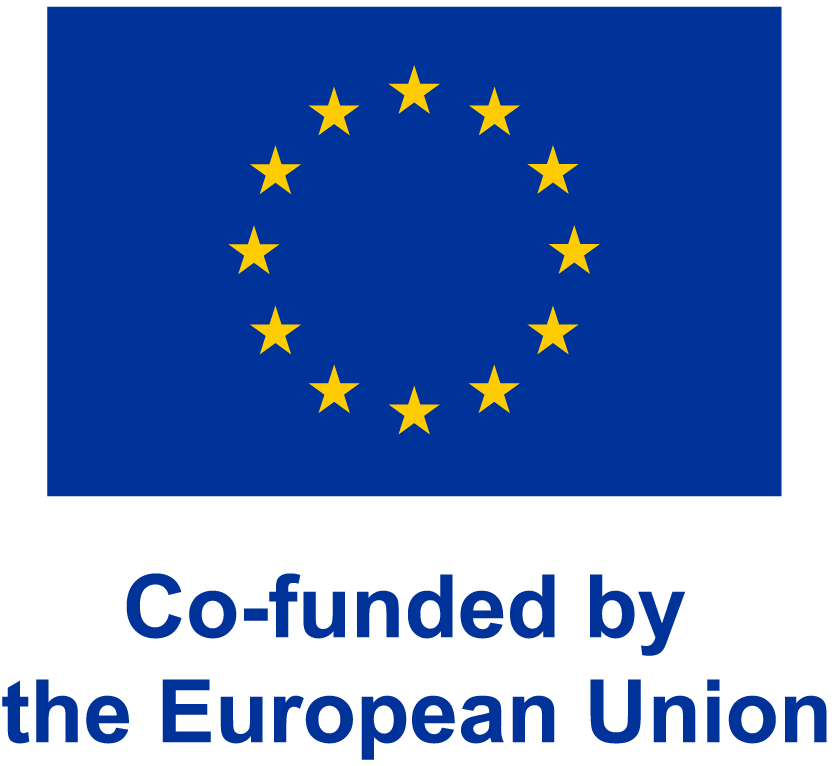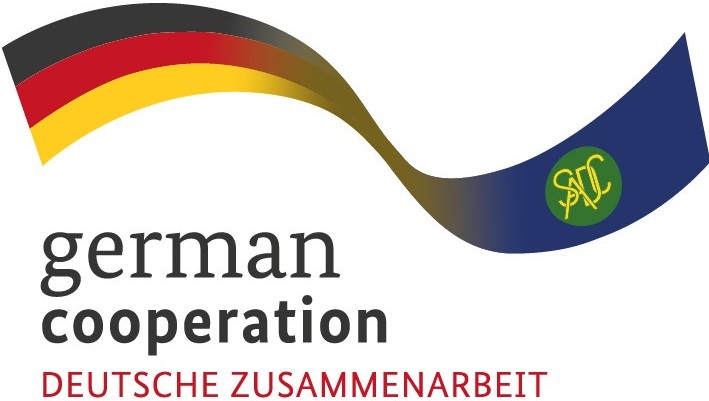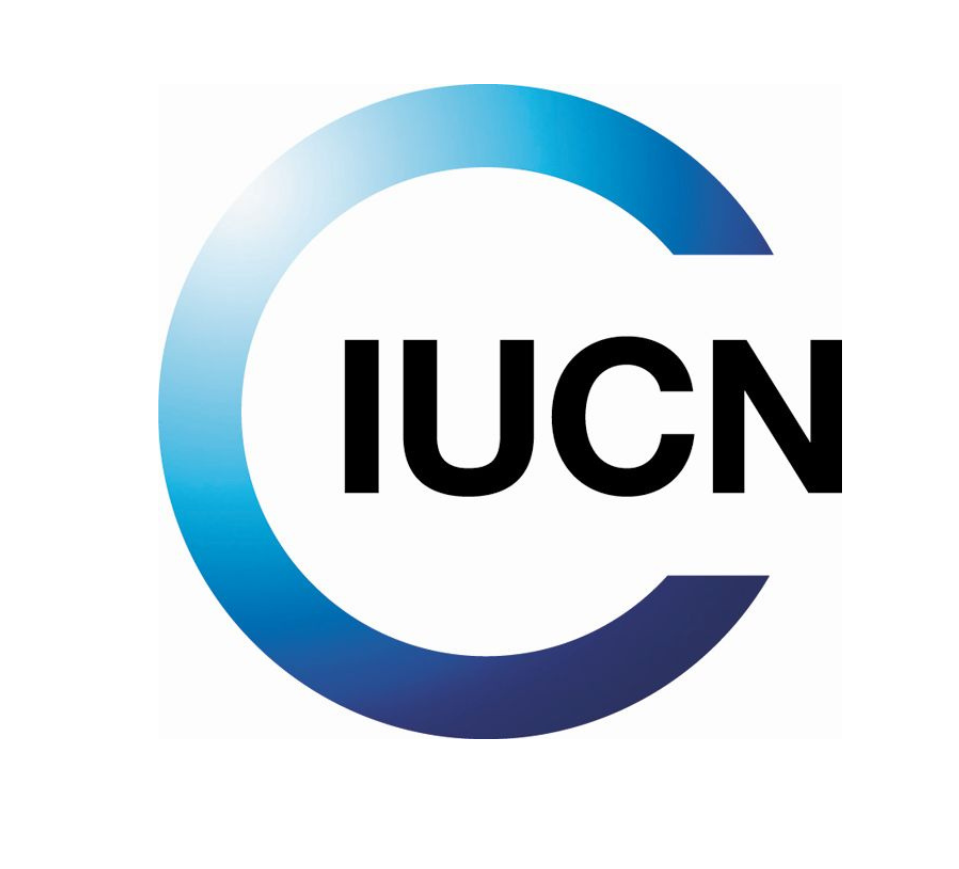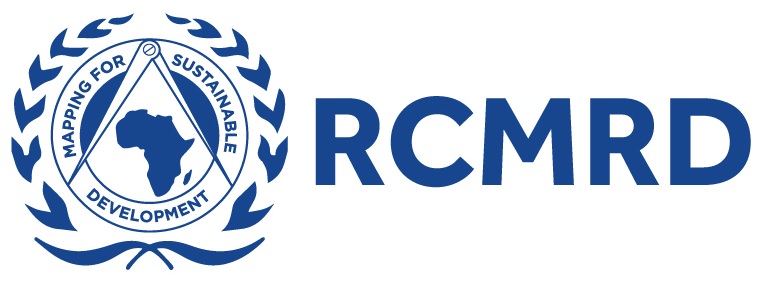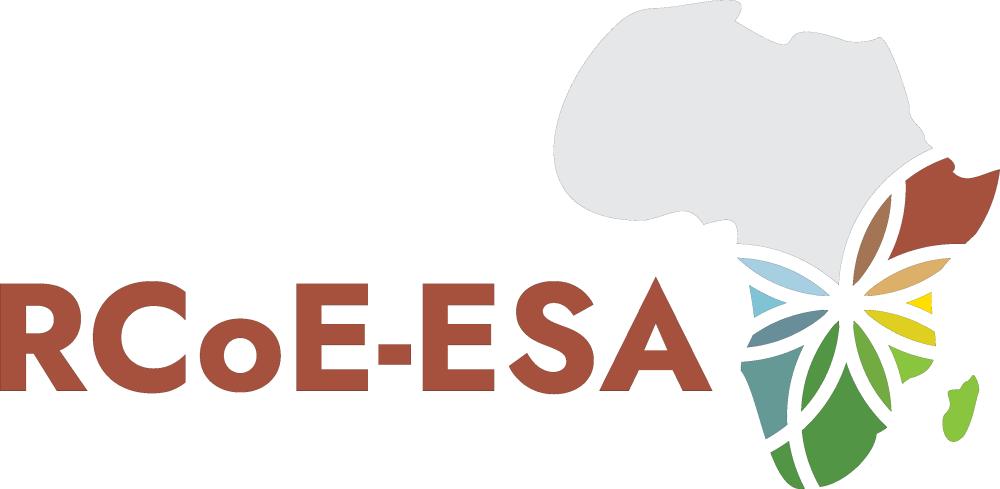 Translate
Translate
Resources
Natural Resource Governance Tool, Version 2
| Author: | Detoeuf, D.; Wieland, M.; Cowles, P.; Wilkie, D. |
| Language: | |
| Topic: | Conservation |
| Type: | Strategy and guides |
| Last updated: | 6 October 2025 |
This second version incorporates: a) improved understanding of the power to govern and the addition of diversity as a sub-attribute of authority, b) updated data collection and data management methods using KoboToolBox on tablet computers, and c) revision of the survey instrument to use Likert scale responses. Each of these changes were informed by extensive field experience of implementing Version 1 of the Natural Resources Governance Tool (NRGT) in Central Africa and other locations around the world.
This guide is designed to offer conservation practitioners with a set of basic concepts and tools for better understanding, assessing, and strengthening the governance of natural resources in landscapes and seascapes. The audience for the guide is field staff of conservation organizations who wish to conduct a governance mapping exercise to measure the strengths and weaknesses assessment in the places where they work.
Users of this guide will be able to:
Identify key groups who govern access to, and use of, natural resources in a given geographic area;
Assess the governance strengths and weaknesses of the key groups, providing information that can then help direct investments towards improvements in the governance of natural resources within the landscape or seascape.
The guide is meant to be straightforward, practical, and easy to apply. It should be useful in helping to frame governance issues and identify actions at the onset of a project, and as a tool to enhance implementation in a landscape or seascape where a conservation program is already established.
This guide is not designed to evaluate the achievement of natural resource management (NRM) objectives by a governance group. Rather, the guide is designed to assess whether or not a group has the attributes needed for
effective governance of natural resources. Therefore, this guide focuses on a small set of attributes that are strong predictors of the likely “effectiveness” of the different groups to govern access to and regulate the use of natural resources within a given area. Readers should be aware that governance does not exist in a vacuum. Tools such as a political economy assessment are complementary to the NRGT and can help situate the challenges of natural resource conservation within political and economic forces that may influence governance. A 2019
guide “Participatory Approaches to Natural Resource Management1” written by the U.S. Forest Service contains useful concepts for conservation teams on improving the participation of local communities - a key concept which
should be included as conservation teams use this NRGT. The NRGT is not a top-down tool for conservation teams - it should be discussed and conducted together with the governance groups.



